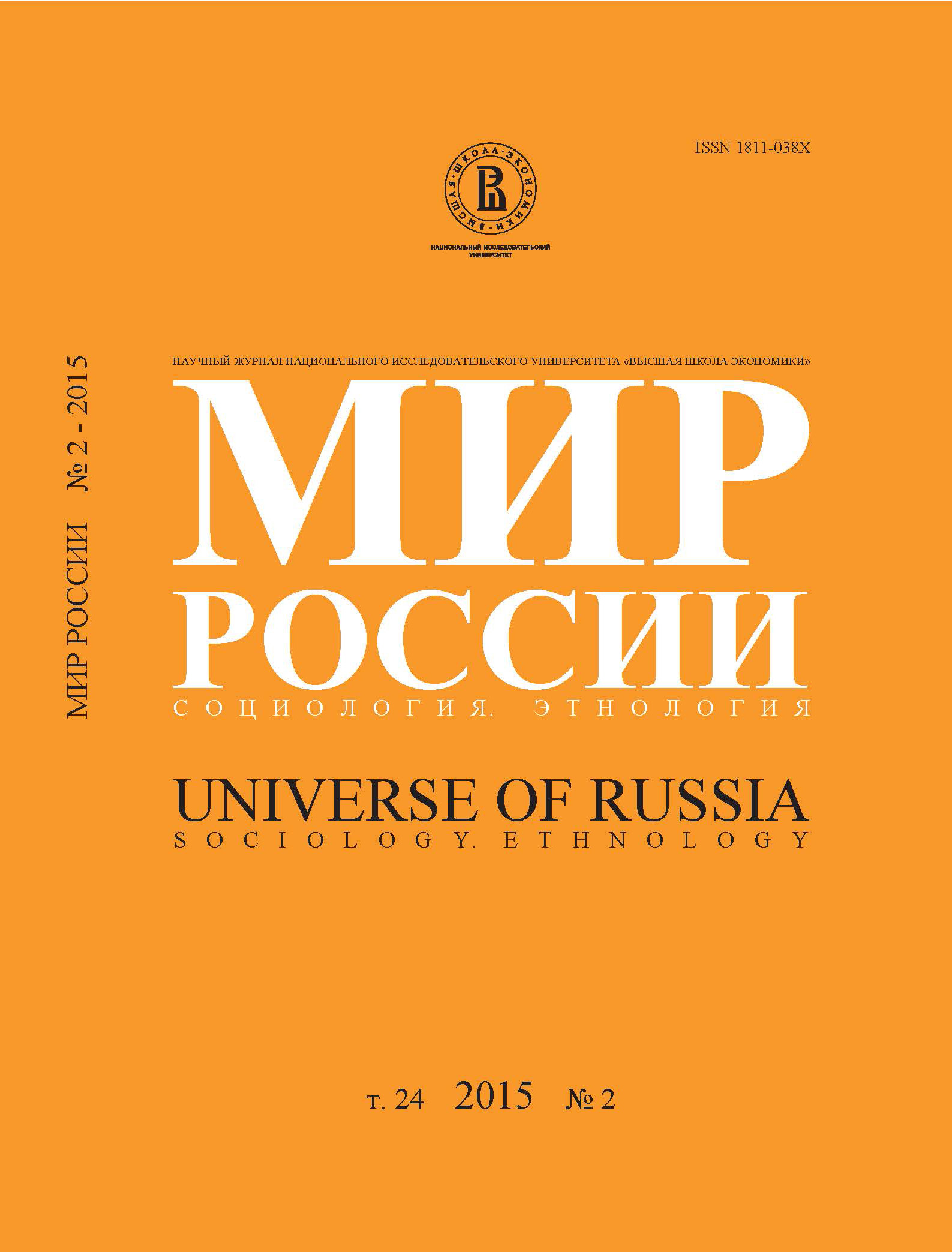Institutional Factors of Economic Growth Book Review: Popov V.V. (2014) Mixed Fortunes: An Economic History of China, Russia, and the West, Oxford: Oxford University Press.
Abstract
Evgeny Balatsky — Doctor of Economics, Professor, Director of the Centre for Macroeconomic Research at the Financial University under the Government of the Russian Federation. Address: office 219, 4, 4th Veshnyakovskii passage, Moscow, 109456, Russian Federation. E-mail: evbalatsky@inbox.ru
The book under review compares reforms in various countries, including Russia, China, Uzbekistan, Central and Eastern Europe (CEE), and the main objective of the author is to identify the institutional features that underpin economic success. This review addresses some of the book’s important controversial claims.
The starting point of the analysis is Russia’s transition experience. It is presented as the most striking example of how efforts to build working institutions and to achieve sustainable economic growth can be futile. Russia is then compared to other countries, including the countries of CEE. However, the development of the economic context in the first decade of the 2000s led to a slightly different evaluation of the earlier developments. Almost all CEE countries have found themselves in a very difficult situation, whereas Russia seems to have overcome some of its transition malaise. This implies that an institutional analysis needs to incorporate timing and consider the outcomes of reforms in a dynamic setting which distinguishes short-term and long-term effects. For instance, in the 10 years since the transition, former socialist countries appear to be less prone to the negative trends that have affected CEE.
One of the key features of Popov’s institutional analysis is that it considers both (1) the relative strength and weakness of economic institutions, and (2) the relatively high and low degree of market distortion in the structure of industrial output. The success of reforms is then defined by the interrelationship of these aspects. This simplified conceptualization of the two driving forces of economic development gives a very nice approximation of the reality and explains the outcomes of the transition. Nevertheless, it is too rough as it only approximates the first-order effects of the transformation, it is therefore very limited in addressing more the complex issues of the future dynamics of the system. It is argued that this conceptualization needs to be extended to account for the adaptive behaviour of both the population and the ruling elites, whose interplay eventually determines how the institutional setting will be arranged and reproduced.
Another extremely appealing idea developed by Popov is about the means of organizing and legitimizing protectionism: he argues that it is necessary to maintain only those industries in which public returns on investment exceed private returns. However, it also has to be acknowledged that public returns are extremely hard to measure, as they may emerge in more than one dimension. Therefore, it would make more sense to compare public returns of a specific industry with average public returns of the economy as a whole, as well as with other industries.






